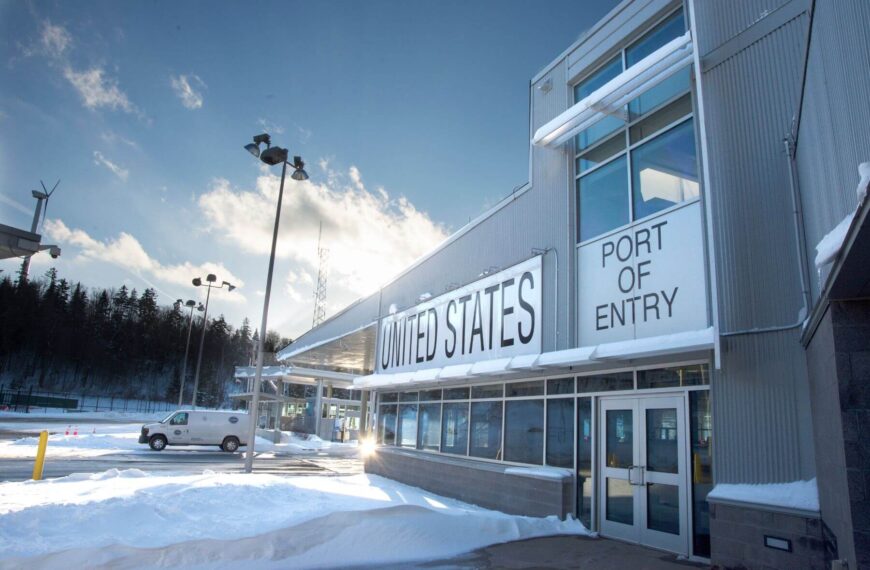Activists from JVI and PVCHR, with the active assistance of state government officials, rescued 207 bonded labours, belonging to 47 families, from a Hardoi brick kiln, last week (May 23). Here’s a report for Different Truths by Lenin.
Forty seven bonded labour families of Bihar, totalling 207 victims, were rescued from a brick kiln in Chandauli village, Hardoi, Uttar Pradesh, on May 23, 2016. The labourers had been working under conditions of repeated abuse and physical violence, in addition to deprivation without wages for seven months. This case is located in Atrauli block of Hardoi District (UP).
In addition to being rescued from indentured slavery at the kiln, the labourers were also provided their past (read back) wages. The families received Rs.2,000 to Rs. 45,000 and were repatriated to their villages in Gaya, Bihar.
The survivors will receive their release certificates (RCs) after completion of documentation process by the labour department. The FIR is expected to be filed once the final documentation and RCs are issued. The work conditions observed are a violation of Bonded Labour Act 1976, IPC section 370, Child Labour Act 1986, SC and ST (Prevention of Atrocities) Act 1989, and Minimum Wages Act 1948. However, the final sections imposed will be known once the FIR is filed.
Statements from the rescued victims have been received against the two owners, Naresh Maury and Guddu Maruya, and three contractors- Dharmendra Singh, his brother Santosh Singh and Pappu. The contractors are from Chhotki Bhediya Kurd village, in Gaya. Some of the rescued labourers are from the same village.
The rescued families belong to Manjhi and Mushahar communities from Manpur, Wazirganj, and Atri Blocks, in Gaya District, Bihar, and were brought to work at the brick kiln in return of advances taken by them from the owner. The advance ranged from Rs. 15,000- Rs. 30,000 per family. Most labourers here been working for past seven months. Though they were promised Rs. 530 per 1000 bricks made, there was no proper accounting of brick production, as is often the case in brick kilns. In place of their rightful wages, they were paid a subsistence allowance (Khurakhi) of Rs. 500-600 per week, per family. The children of these labourers, were too living in very poor conditions. None of the 113 children were attending school. Children aged 3-4 years or above were also involved in various tough tasks at the brick kiln.
The working and living conditions at the brick kiln were inexorable. Labourers were not allowed to rest from work even when ill. Requests for advance for medical treatment, or wages, or even leaving were answered by beatings by the contractors. Living on mere subsistence amount (khurakhi), insufficient for the whole family, a labourer Manoj Manjhi, died earlier this year, following malnutrition, sickness, which led to his death. His family conducted the last rites at the brick kiln itself and were sent back to their village with a compensation of Rs. 25,000 by the owner. It was the death of this labourer that brought this case to light. Manoj Manjhi’s relative, who is himself a survivor from JVI’s 2014 Jaunty rescue, informed JVI staff on about Manoj and his family’s plight.
Nago Manjhi is another labourer working at the brick kiln with his wife. Nago informed that a few days prior, he sat down to rest as he was not feeling well. The contractor Dharmendra Singh beat him up mercilessly and forced him to work despite his weak condition.
Taking breaks from work at the brick kiln were such a luxury that even pregnant women and new mothers were not allowed to rest. Fourteen days prior to the rescue, a female labourer gave birth to a child, and has been working continuously from before the birth, until her rescue. Her child is alive.
However, not everyone has been so fortunate.
Sanoj Majhi’ new born son died soon after birth. Due to his poor health, he had to be admitted in intensive care for which the family did not have the money. Sanoj called the owner, who did not come until four hours later. By then the baby had already died. The accredited social health activist (ASHA) was bribed by the contractor to keep this matter under wraps. Sanoj Manjhi lost his mental balance after his son’s death and was sent back home. After tallying his accounts and due wages, taking into account the advance he had taken, he was told that he owed the owner money.
Private loans taken by poor labourers and illiteracy that renders incapable from understanding calculations related to wages and interest; is a common weakness that owners and contractors exploit to keep labourers and their families in indentured servitude for several years and sometimes generations to a single owner.
The rescue was ordered by the district magistrate (DM) Vivek Varshney and led by the special executive magistrate (tehsildar) S.N. Tripathi, in the presence of three assistant labour commissioners (ALCs) and officials from the labour department; two sub-inspectors and six police constables; four Justice Ventures International (JVI) Project staff and one from the NGO partner, the People’s Vigilance Committee for Human Rights (PVCHR), who assisted in the rescue.
With the cooperation and support of the state government officials and NGO activists, it was possible to save them from years in bondage. The state government is making significant progress to address the issue of bonded labour and has released Rs. 74 lakh, in May 2016, to the labour department for rehabilitation of the victims rescued from bonded labour. With such proactive measures from the government and assistance from NGOs fighting for bonded labourers, survivors and their families and might be rehabilitated effectively.
©Lenin Raghuvanshi
Pix sourced by Sean Sokhi




 By
By
 By
By

 By
By